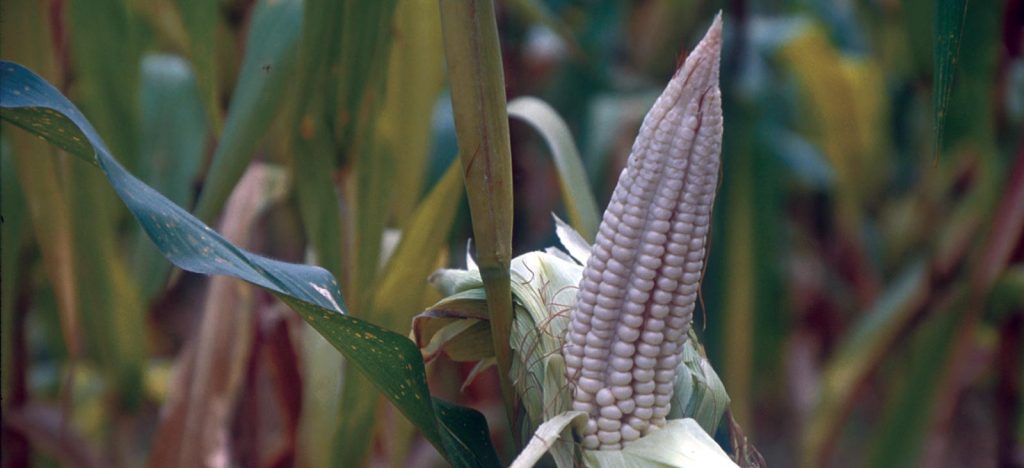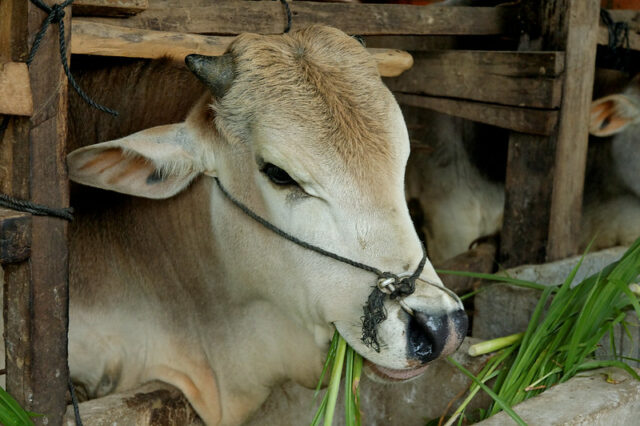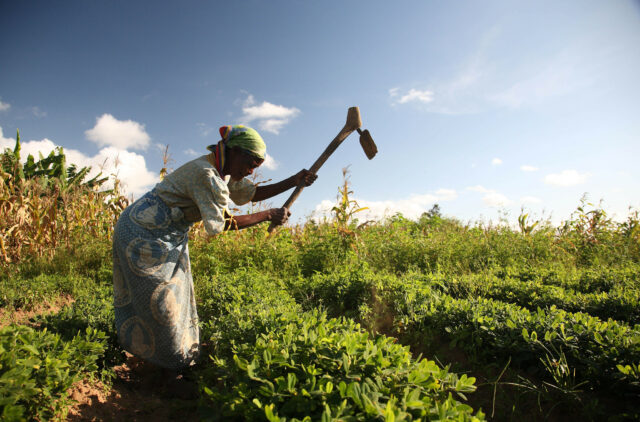
Current evidence on the link between aflatoxin and stunting is limited to observational research. A confounding factor that is difficult to rule out in these studies is socio-economic status. Children in poorer households are often fed diets deficient in micronutrients or macronutrients and suffer from more frequent infections, both of which contribute to growth retardation. Poverty is also associated with aflatoxin exposure, so if not adequately controlled for, the association between aflatoxin and stunting will be overestimated.
To overcome this limitation of observational studies, we undertook the first randomized controlled trial examining how reducing aflatoxin contamination in the food consumed by children might affect their linear growth. Using this approach was important because it allowed us to better isolate the extent to which the observed relationship between aflatoxin exposure and stunting is causal. This kind of knowledge will enable stakeholders and policymakers to identify and implement more effective interventions.
The study, Mitigating aflatoxin exposure to improve child growth in eastern Kenya, was conducted in 56 villages in rural parts of Kenya, where maize is the predominant crop and aflatoxicosis and aflatoxin contamination have frequently been reported. Study communities were randomly assigned to the treatment or the comparison arm. In the treatment communities, maize in study households was regularly tested for aflatoxin and swapped for clean maize if found to be contaminated. Families in these villages were also able to purchase ‘clean’, aflatoxin-free maize provided to local markets. Conducted from 2013 to 2016, our study followed pregnant women and their children up to 24 months of age. Data collected included face-to-face interviews, height and weight measurements, and blood tests to record serum aflatoxin levels.
Our results, recently published in BMJ Global Health, paint a complex, nuanced picture of the relationship between aflatoxin and child linear growth. On the one hand, at the end of the study, children in communities with the intervention had serum aflatoxin levels 27% lower than those in control communities. On the other hand, while their stunting levels were significantly lower than those in control communities halfway through the study, that impact was not sustained: stunting rates climbed back to the levels found in the control group during the second half of the study.
![]()



